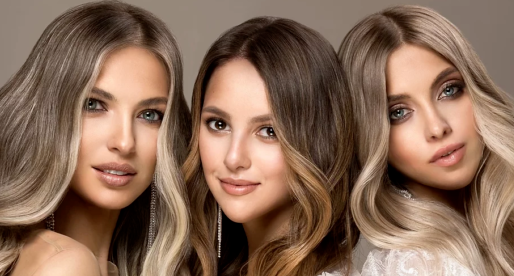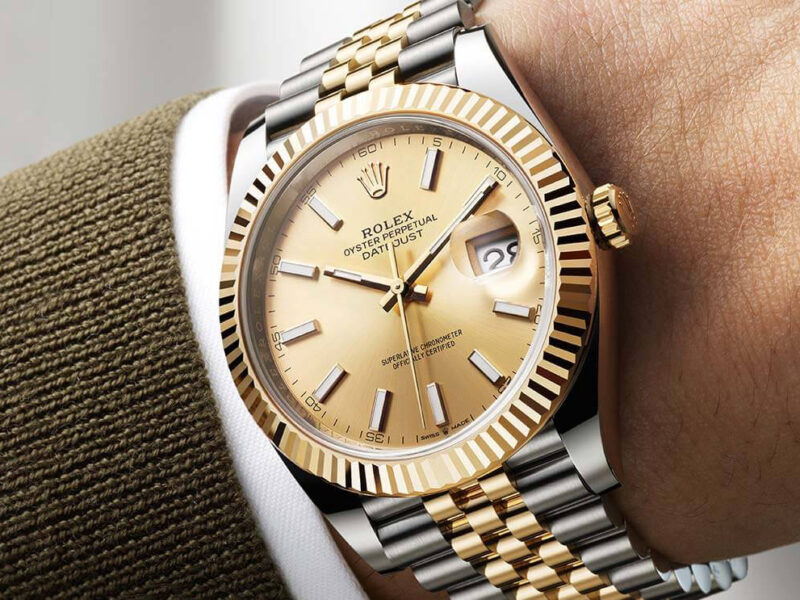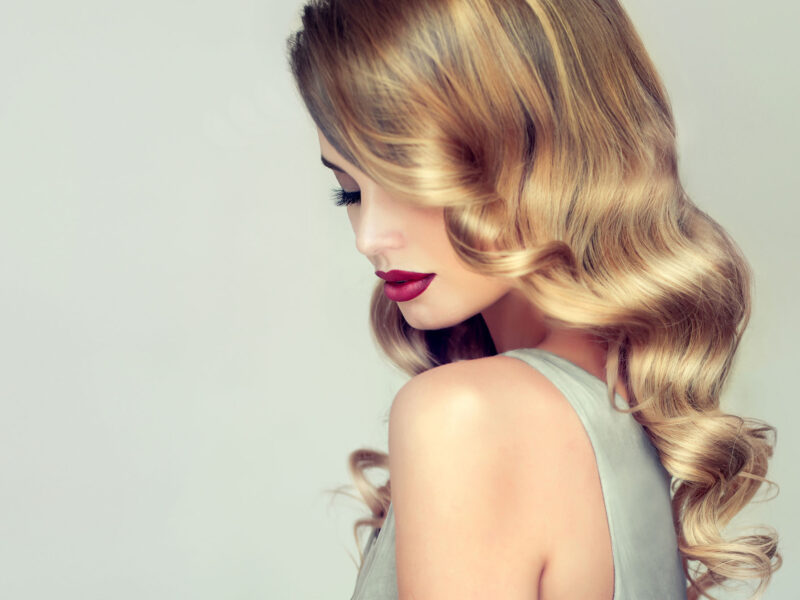Weddings, celebrated across diverse cultures and epochs, unfold as joyous and passionate occasions. Amidst the customs and rituals that define these celebrations, one indispensable element takes center stage—makeup. Delve into the captivating world of wedding makeup traditions from around the globe, where beauty becomes a bridge between the past, present, and future.
- India: Mehndi and Solah Shringar
Indian brides epitomize opulence, draped in rich colors with a focus on accentuating their eyes and lips. The “Solah Shringar” ritual comprises sixteen steps of beauty, incorporating makeup, jewelry, and traditional attire. The ‘Mehndi’ ceremony, featuring intricate henna designs on hands and feet, symbolizes good luck and signifies the enduring strength of love between the couple.
- China: The Red Symbolism
In Chinese weddings, red reigns supreme, symbolizing love, luck, and prosperity. Brides typically don bold red lipstick with subtle eye makeup, while their faces are powdered to achieve a porcelain-like finish, reflecting purity and innocence.
- Japan: The White Transformation
Traditional Shinto brides in Japan undergo a symbolic transformation, painted white to represent purity. Accents of red and black around the eyes and mouth signify the transition from maidenhood to wifehood.
- Egypt: Kohl and Henna
Inspired by ancient practices, Egyptian brides, including the iconic Cleopatra, adorned their eyes with kohl for a mesmerizing, dramatic look. Henna finds its place in intricate designs on hands and sometimes feet.
- Hammam Ritual in Morocco
Moroccan brides indulge in a pre-wedding purification ritual in a hammam. Post this cleansing, hands and feet bear intricate henna patterns, creating a striking contrast against kohl-accentuated eyes.
- Native American Tribes – Nature’s Palette
Various Native American tribes embraced natural pigments for bridal makeup, with each color symbolizing distinct meanings. Red embodies love and passion, while white signifies peace and tranquility.
- Nigeria: Tribal Marks and Gele
Yoruba brides in Nigeria adorn the “Gele,” a voluminous headtie, complemented by vibrant makeup. Some ethnic groups incorporate tribal marks, unique facial scarifications representing both beauty and lineage.
- Middle East: Bold, Gold
Middle Eastern brides favor bold eyeliner, often in deep black or navy hues, complemented by gold eyeshadows. This combination, paired with intricate jewelry, bestows a regal and elegant appearance.
While colors, materials, and techniques may vary, the essence of wedding makeup traditions remains constant—to enhance the bride’s inherent beauty and honor her cultural heritage. This beauty odyssey, steeped in tradition and symbolism, serves as a testament to the universal desire of humanity to celebrate love in the most exquisite ways. It’s a journey through time and culture, showcasing how each tradition, with makeup as its vessel, weaves a narrative that transcends eras and borders in the name of love.
This post was written by a professional at Michele Renee The Studio. Michele Renee The Studio Specializes in wedding hair and makeup in Tampa. Based in Tampa, FL, we serve a global client base for weddings, boudoir, corporate, film, television, social events, photo shoots, and more! Contact us now to schedule your appointment for your wedding hair and makeup!



